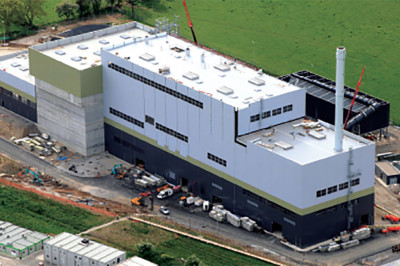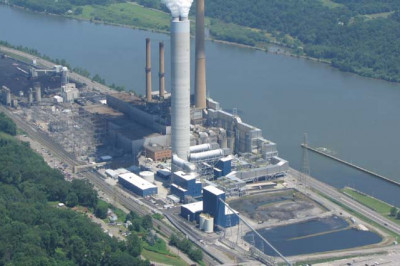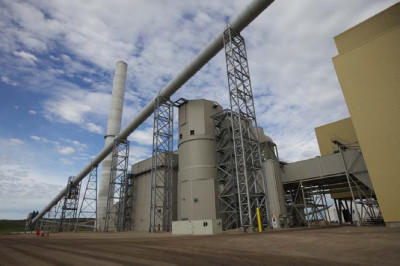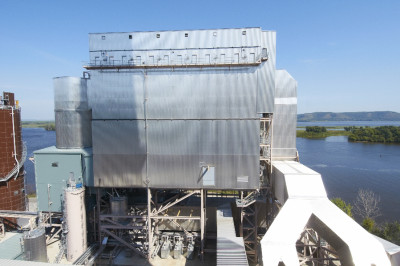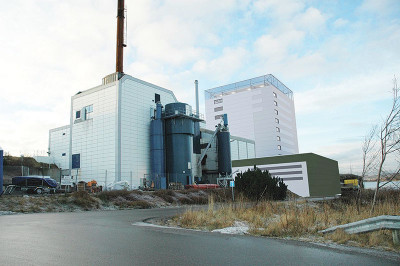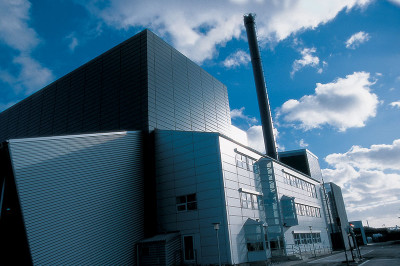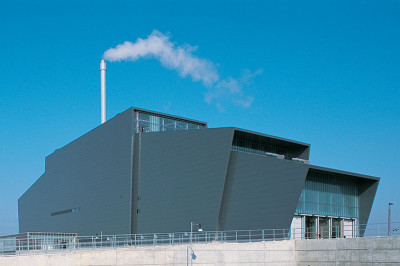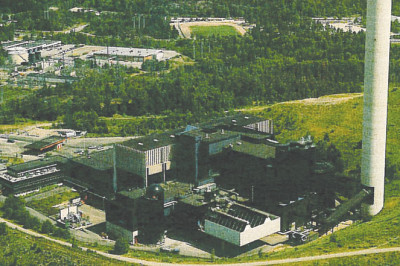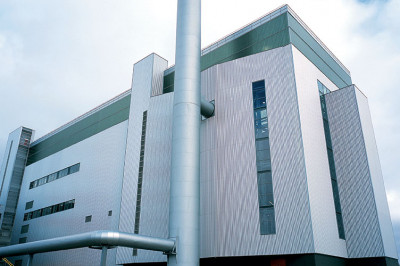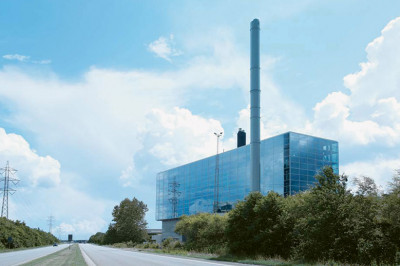Search Results
WtE Combustion System Case Study
Located some 40 kilometres north of Dublin, Ireland’s first waste-to-energy plant began delivering electricity to the city’s grid in November 2011. Babcock & Wilcox Renewable (B&W) provided the boiler, combustion grate, combustion control, and selective non-catalytic reduction (SNCR) system.
View Web PageW.H. Sammis Plant Case Study
The W.H. Sammis plant is the largest of FirstEnergy’s coal-fired electric generating facilities in Ohio. The plant consists of seven coal-fired units totaling 2,220 MW and is located along the Ohio River.
View Web PageKeephills Unit 3 Case Study
Spray dryer absorber, pulse jet fabric filter and mercury control systems result in high SO2 removal efficiency and low operation and maintenance costs.
View Web PageLansing Generating Station Case Study
Circulating dry scrubber (CDS) designed, installed and integrated with fabric filter achieves SO2 removal efficiency up to 98%.
View Web PageIndustrial Waste Steam Plant Case Study
This plant is installed at the cardboard factory Örebro Kartongbruk AB, situated in Örebro, Sweden. The fuel consists partly of wet and dry fractions of waste from the cardboard factory and partly of unsorted industrial waste including plastic, wood and a fraction of uncombustible material.
View Web PageCombined Heat and Power (CHP) Plant Case Study
The I/S REFA waste incineration plant in Nykøbing Falster, Denmark is jointly owned by 13 municipalities. The company collects and treats all kinds of waste from households and industries on the two islands of Lolland and Falster, a total of about 200,000 tons/year. The majority of the waste is either combusted or recycled.
View Web PageWaste-to-Energy - L90 Esbjerg Plant Case Study
B&W supplied the complete incinerator with state-of-the-art Waste-to-Energy technology which included waste crane, feed chute, feed grate and five-section combustion grate, combustion air system, auxiliary burners, ash conveyors for slag and fly ash from the boiler hoppers, feed water pumps with controls.
View Web PageWaste-to-Energy Refuse-Derived Fuel Case Study
With a combustion capacity of 37 tonnes waste an hour (9.2 MJ/kg), the Högdalen unit is characterized by flexibility. The plant is capable of burning municipal solid waste (MSW) and industrial waste – mainly refuse-derived fuel (RDF). B&W’s supply includes a furnace/boiler with economiser, a complete ash/slag system and a system for transporting fly ash from the boiler rear pass.
View Web PageWaste-to-Energy Plant Case Study
This plant will supply approximately 43 MW of heat to the district heating network in Aalborg. The efficiency is approximately 100%, and the energy produced will supply some 16,000 houses with electricity, and 30,000 houses with district heating.
View Web PageWaste-Fired Boiler Line Case Study
In Europe there is an increasing market demand for technologies capable of burning waste with high heating values. In Scandinavia it is common to burn large fractions of industrial waste including demolition wood and different types of biomass. In order to meet the periodically very high heating values, B&W developed new combustion technology that can be adapted to high or fluctuating heating values.
View Web Page